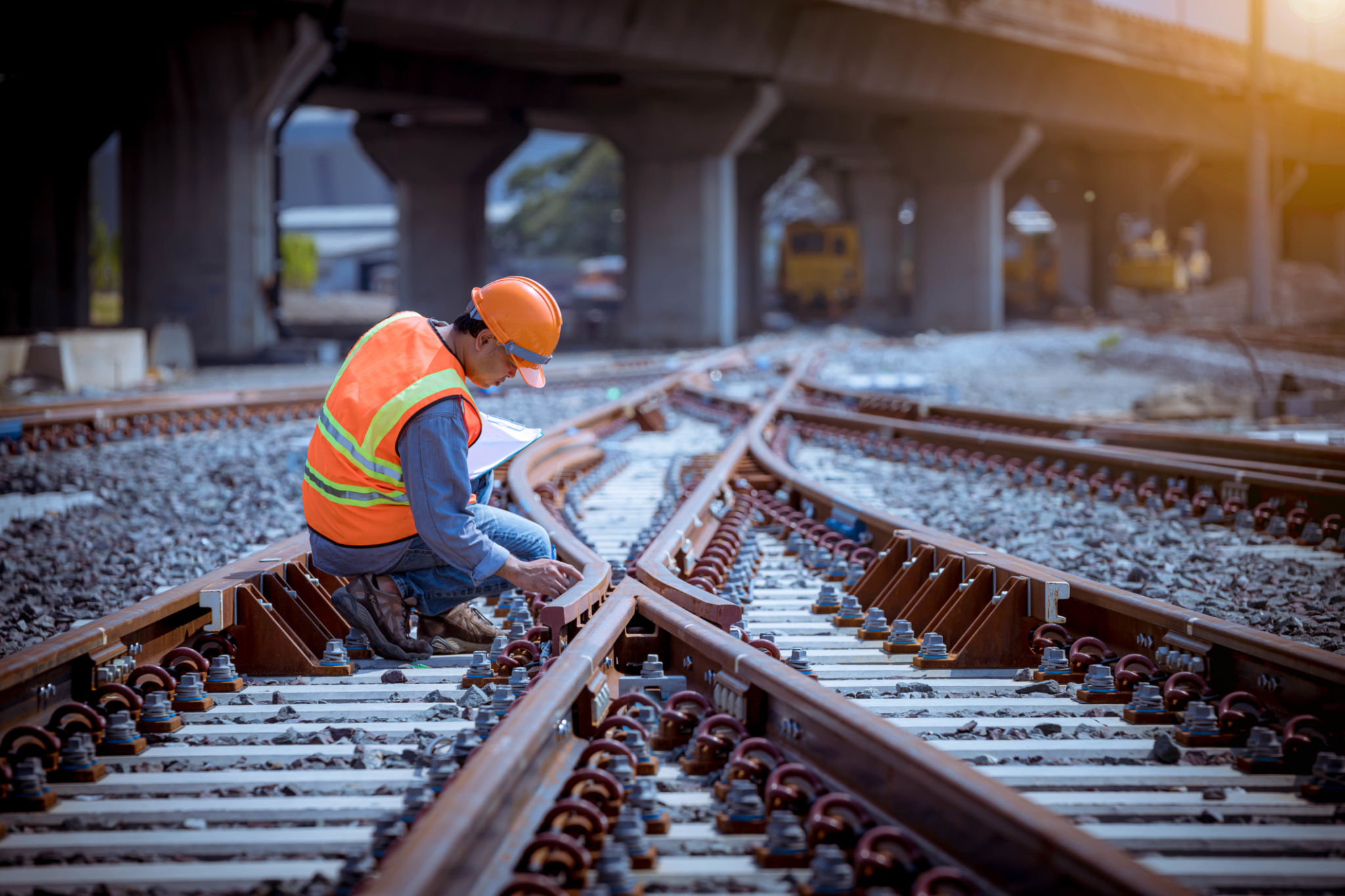The Importance of Regular Railroad Maintenance: A Pulaski County Case Study
Understanding the Role of Railroad Maintenance
Regular maintenance of railroad infrastructure is critical to ensuring the safety, efficiency, and longevity of rail networks. In Pulaski County, the importance of consistent upkeep has been highlighted through a comprehensive case study that showcases the tangible benefits of proactive maintenance strategies. The county's approach offers valuable insights that can be applied to rail systems nationwide.
Railroads are complex systems that require meticulous care. Components such as tracks, signals, and train cars must be kept in optimal condition to prevent accidents and delays. Regular inspections and timely repairs are essential to maintaining the integrity of these systems.

Reducing Risks and Enhancing Safety
One of the primary benefits of regular railroad maintenance is the reduction of risks associated with train travel. In Pulaski County, a dedicated maintenance schedule has significantly decreased the incidence of derailments and other safety hazards. By routinely inspecting tracks and addressing issues before they escalate, potential dangers are mitigated.
Moreover, well-maintained railroads ensure a safer environment for both passengers and freight. This dedication to safety not only protects lives but also enhances public trust in rail transportation as a reliable mode of travel.

Boosting Operational Efficiency
Efficient railroad operations rely heavily on the condition of the infrastructure. In Pulaski County, regular maintenance has contributed to smoother operations and fewer disruptions. When tracks are kept in good repair, trains can run on schedule, minimizing delays and improving overall service quality.
The case study reveals that investing in maintenance can lead to significant cost savings in the long run. By preventing major breakdowns and costly repairs, rail operators can allocate resources more effectively and enhance operational efficiency.

Environmental and Economic Benefits
Maintaining railroads in good condition also yields environmental benefits. Trains are one of the most energy-efficient transportation modes, and well-maintained tracks further optimize fuel consumption. This leads to reduced emissions, contributing positively to environmental sustainability efforts.
Economically, Pulaski County has reaped substantial rewards from its maintenance strategy. The reliability of its rail system attracts businesses and promotes trade, ultimately boosting the local economy. Reliable rail infrastructure supports industries dependent on timely freight delivery and passenger transport.
Lessons Learned from Pulaski County
The case study of Pulaski County underscores several key lessons for other regions looking to improve their rail systems:
- Proactive Maintenance: Implementing a proactive maintenance schedule is crucial to preventing larger issues.
- Investment in Technology: Utilizing advanced technology for inspections can enhance accuracy and efficiency.
- Collaboration with Experts: Partnering with industry experts ensures access to the latest knowledge and practices.
By adopting these strategies, other regions can enhance their rail networks' safety, efficiency, and sustainability.

Conclusion: A Path Forward
The importance of regular railroad maintenance cannot be overstated. The insights gained from Pulaski County's case study offer a clear path forward for regions aiming to improve their rail systems. Through diligent maintenance practices, communities can ensure safe, efficient, and economically beneficial rail networks that support growth and sustainability.
As we look to the future, continued investment in railroad maintenance will be essential for fostering a robust transportation infrastructure that meets the needs of both people and businesses.
